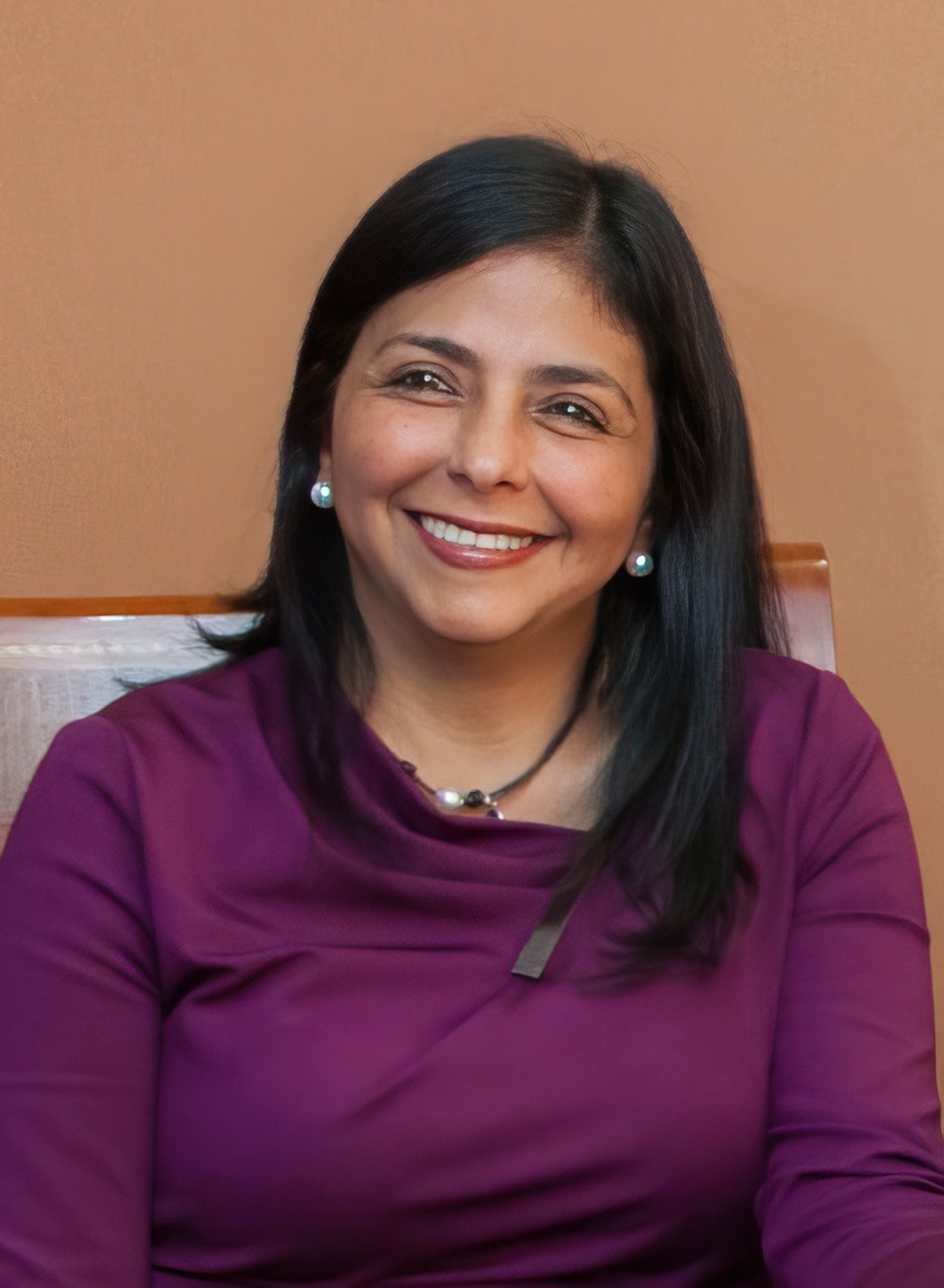Venezuela
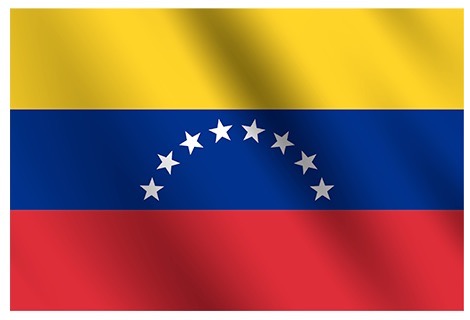
- APPO
- MEMBERSHIP
- Venezuela
summary
The Bolivarian Republic of Venezuela lies along South America’s Caribbean Coast. It is bordered by Brazil (south), Colombia (west) and Guyana (east). The country covers an area of 1,075,987 square kilometers, including the Essequibo area, and has a population of around 32 million. Around four million people live in the Capital, Caracas, and Spanish is the country’s official language.
Venezuela’s oil revenues account for about 80 per cent of export earnings. Apart from petroleum, the country’s natural resources include gas, iron ore, gold, bauxite, diamonds, and other minerals. The national currency is the bolivar.
There are 45 national parks in Venezuela, making up 23 per cent of the country’s land mass.
Venezuela has been an oil producer since 1914 when the first commercial oil well, Zumaque I was drilled in the Mene Grande field on the eastern shores of Lake Maracaibo.
Résumé
La République bolivarienne du Venezuela est située sur la côte caraïbe de l’Amérique du Sud. Elle est bordée par le Brésil (au sud), la Colombie (à l’ouest) et la Guyane (à l’est). Le pays couvre une superficie de 1 075 987 kilomètres carrés, incluant la région d’Esequibo, et compte environ 32 millions d’habitants. Environ quatre millions de personnes vivent dans la capitale, Caracas, et l’espagnol est la langue officielle du pays.
Les revenus pétroliers du Venezuela représentent environ 80 % des recettes d’exportation. Outre le pétrole, les ressources naturelles du pays comprennent le gaz, le minerai de fer, l’or, la bauxite, les diamants et d’autres minéraux. La monnaie nationale est le bolivar.
Il existe 45 parcs nationaux au Venezuela, représentant 23 % de la superficie du pays.
Le Venezuela est un producteur de pétrole depuis 1914, lorsque le premier puits de pétrole commercial, Zumaque I, a été foré dans le champ de Mene Grande, sur la rive est du lac Maracaibo.
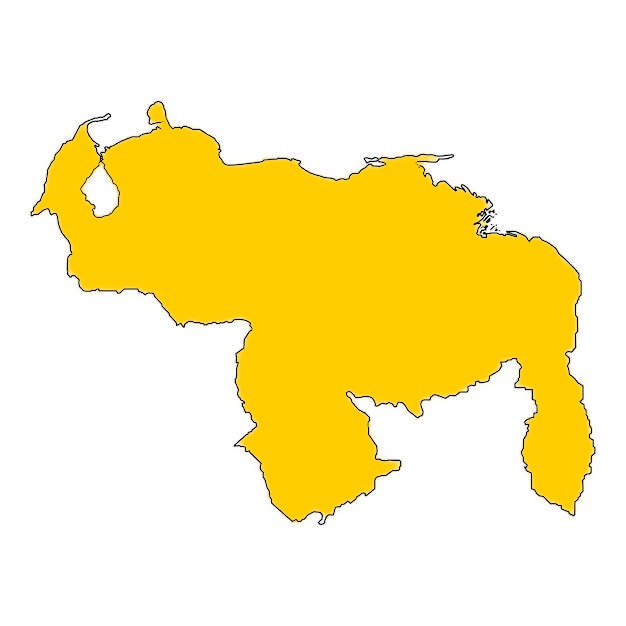
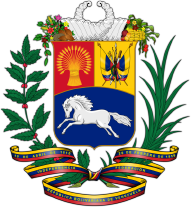
Independence Day
5 July 1811
Official language
Spanish
Capital
Caracas
Main cities
Maracaibo, Valencia, Barquisimeto, Ciudad Guyana, Barcelona, etc.
Population
32,37 millions
Proven reserves of natural gas (billion cu. m.)
5,590
Proven crude oil reserves (millions barrels)
303,561
Value of exports (million $)
8,236
Value of petroleum exports (milllion $)
7,960
Output of petroleum products (1,000 b/d)
338.7
Oil demand (1,000 b/d)
299.7
Crude oil exports (1,000 b/d)
486.8
Crude oil production (1,000 b/d)
568.6
Exports of petroleum products (1,000 b/d)
69.6
Marketed production of natural gas (million cu. m.)
18,026.1
Currency
Venezuelan Bolivar
GDP per capita ($)
1,460
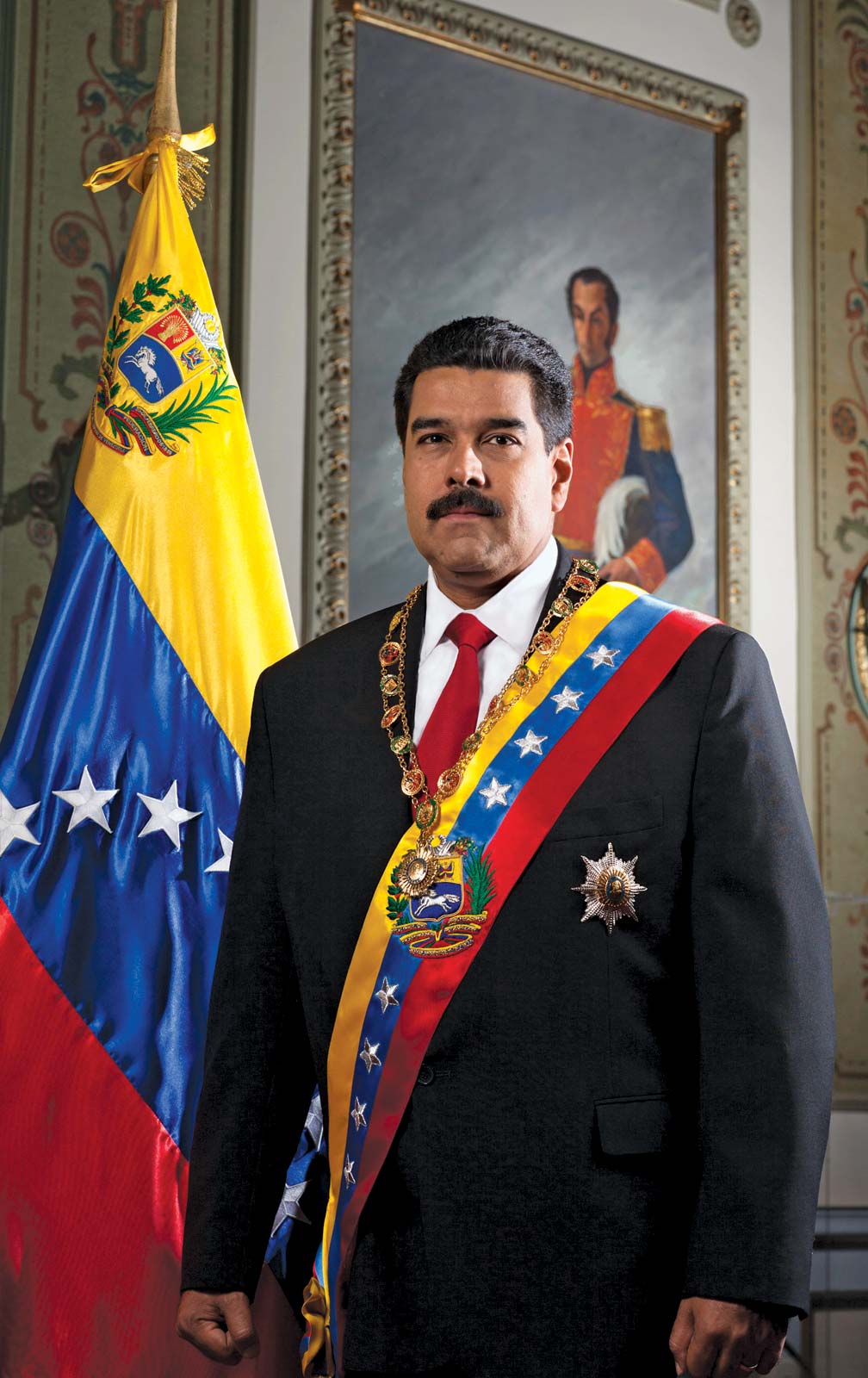
H.E. Nicolás Maduro
Head of State
